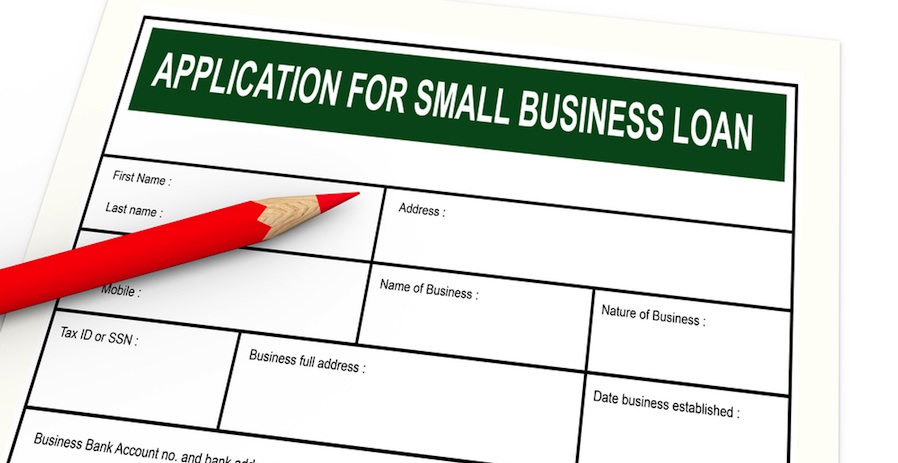What You Should Know Before You Apply for an SBA Loan Program

Obtaining financing to buy an existing business can be easier than borrowing money to start a business from scratch. In our previous blog, we described for you the different SBA loan programs, designed to provide capital to successful business owners who do not have enough collateral to get a traditional bank loan.
Today, we’re going to talk about the application process for an SBA. Now, it’s important to note that the SBA doesn’t make loans itself, but what it does is establish guidelines for loans that it will guarantee made by a range of partners, such as banks and other lenders.
Although each SBA loan program has its own eligibility criteria and application process, as you prepare to submit your paperwork, regardless of which one you choose, you will need to gather and prepare similar documentation. (Your best option for obtaining financing to purchase an existing business, and the most common, is the 7a Loan Guarantee Program, named for section 7(a) of the Small Business Act, which can get you as much as $5 million if you can prove that buying the business will be financially rewarding and that you have the ability and expertise to run it well.) But there are other important things of note before you engage in the lengthy process:
Down Payment — Assuming you meet the SBA lender’s financial requirements, SBA loans typically require a down payment of 10% to 30%, depending on the type of collateral you’re able to offer. It is not uncommon for buyers to borrow money from the equity in their homes or retirement programs. Have you given any thought about how you might be able to come up with a down payment?
Expertise — SBA lenders will definitely look for previous experience and the necessary skills the borrower may possess that will help the business succeed in the future. What you have as an advantage, however, is that the SBA wants to help first-time business owners and will do what they can to work with you and for you.
Business Plan — Despite what you’ve been told, you should have a business plan in writing. You will be glad you did. Depending on the lender’s requirements, the length and details of the business plan may vary, but it should include realistic projections for the first few years of ownership, as well as how you plan to cover expenses and pay back the loan.
Business Loan Checklist — The SBA provides a detailed checklist of what documents that are required for your application when purchasing an existing business. Some of the documents you should start to gather ahead of time include:
— Personal Background
— Resume
— Business Plan
— Credit Report
— Tax Returns
— Financial Statements
— Bank Statements
— Collateral
— Legal Documents
— P&L Statement
No one over said the process of securing a loan to purchase an existing business was going to be easy, but the more prepared you are, the better chance you’ll have.You can find a list of local SBA lenders by state on the SBA website. Good luck!
